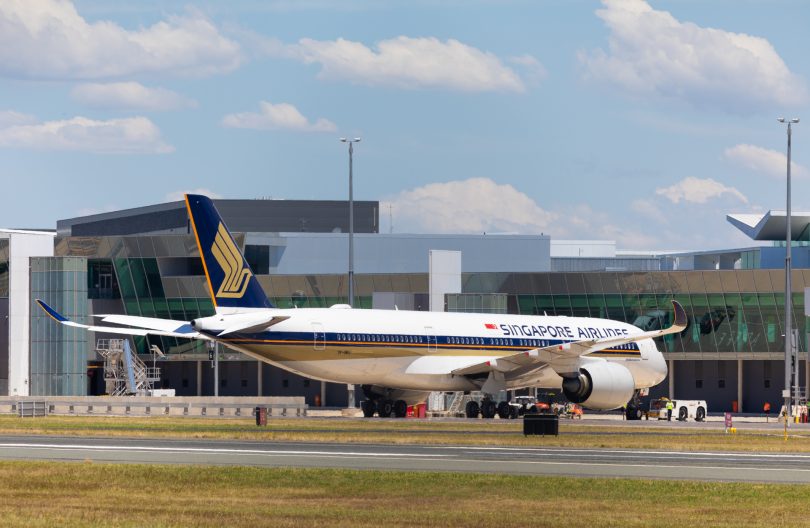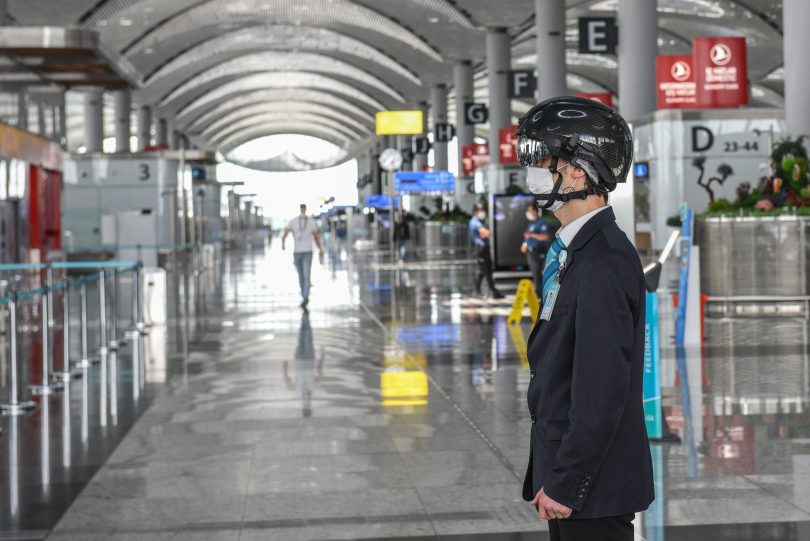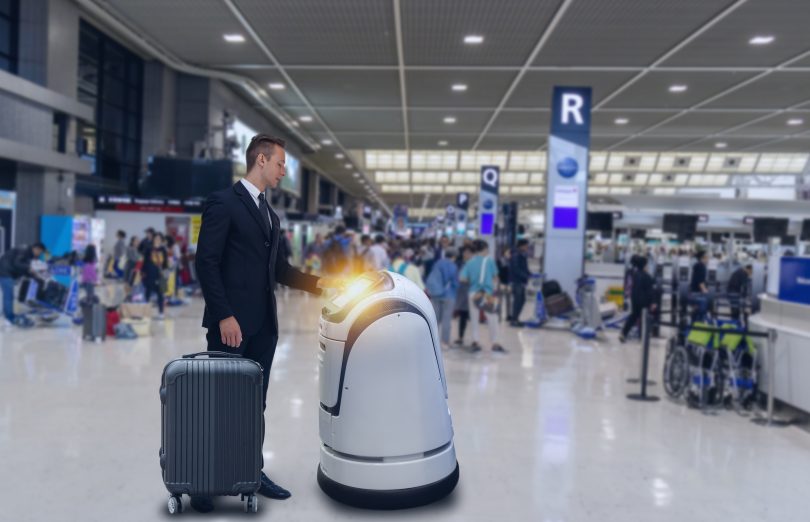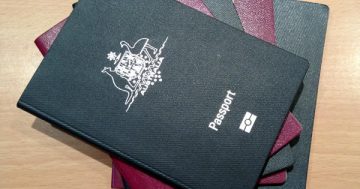
Singapore Airlines cancelled flights from Canberra in September 2020, but there are hopes they could resume post-COVID. Photo: Michelle Kroll.
Canberra’s hopes of again becoming an international airport received a welcome boost on Tuesday (19 October) when Singapore opened its borders to a number of countries for quarantine-free travel.
Singapore’s national carrier, Singapore Airlines, also suspended international flights in and out of Canberra in September 2020, and a revival will depend on various factors – not the least of which will be expected passenger volume.
Regardless of where you depart Australia, international air travel will look very different when Australia’s borders fully re-open after the pandemic-induced downturn.
Recovering from closed borders looms as a stress test for every international airport that will reveal the resilience and strength of their underlying IT infrastructure and business processes.
Cracks will show themselves in different places and will produce passenger frustration at a time when regaining confidence is essential to restoring the industry.
Getting planes back in the international skies isn’t just important for airlines.
Airports are drivers of economic prosperity. The estimated economic impact of a new airport on the Sydney economy, for example, will be between $15.7 billion and $25.6 billion over the next 30 years, creating up to 31,000 new jobs.
One constant before COVID was the critical nature of the check-in process to the customer experience.
We’re already familiar with contactless check-in at Canberra for domestic travel, where passengers scan their boarding pass at a self-service kiosk, collect a baggage tag and proceed to a counter to drop off luggage.
It’s in the interests of airport operators, staff and passengers alike to do even more to make the process frictionless with minimal physical contact between people at all points.
The passenger journey from the car park to airside must be smooth and safe.

An airport worker in Instanbul Airport wearing a thermal helmet to detect passengers with a high body temperature. Photo: DXC.
Bangalore International Airport has introduced a contactless parking-to-boarding journey. It’s likely to become a template for every Australian airport managing international passengers.
All baggage at Bangalore is sanitised before entering the terminal, and passengers pass over bleach-soaked mats and carpets.
In the new world of air travel, thermal scanning at screening gates will be de rigueur, as will be biometric facial identify verification.
Heathrow Airport has been using facial biometrics to verify the identity of departing domestic passengers for more than 10 years.
Sydney Kingsford-Smith has been trialling similar facial recognition technology at its T1 International terminal, giving select passengers a streamlined journey through the terminal. The post-COVID re-start could be the kicker for broader use.
The Australian Government has been developing protocols for its vaccine passport to ensure that verification of jab status will be a click away on a smart device.
Moving people safely around airport terminals with technology will be almost as important as moving them in the air.
Istanbul Airport has a terminal queue management system that constantly measures passenger lines lane-by-lane, estimating waiting times and enabling operation teams to manage them.
Passengers are greeted by humanoid robots in the middle of the terminal, and they act as virtual concierges in multiple languages for users while scanning faces for security purposes.
Instead of stopping in your tracks to peer at constantly changing display boards, new passenger information systems at Istanbul provide interactive guidance on smart devices, including the latest flight information, wayfinding and facility information.
Airport operators have longed for more effective ways to engage with transiting passengers saddled with inevitable waiting times in terminals. The smart device is at the heart of this.

Smart robotic technology leads the passenger to a counter check-in in the airport and can give some information to passengers quickly. Photo: DXC.
Istanbul is establishing its own marketplace platform powered by artificial intelligence to enable duty-free sales before a passenger sets foot in a shopping area. That’s likely to be supported by interactive advertising signage that understands and responds to shopper preferences. It’s already operating in Australian suburban malls food and courts.
Airport operators know that, like armies, passengers travel on their stomachs.
Hamburg Airport led the way in Germany in trialling contactless gate delivery food and drinks service in 2018. Miami International and Amsterdam’s Schiphol Airport followed suit last year.
Forgot to have your COVID test before leaving home? No problem.
Istanbul has set up a COVID-19 testing centre in the terminal that offers polymerase chain reaction testing services, as well as antibody and antigen tests. It can manage 12,000 tests a day.
It’s all about taking the friction out of the passenger journey and making things as seamless and safe as possible.
Chris Seller is Aviation Technology Advisor at DXC Technology and a former Chief Information Officer for Airservices Australia.














